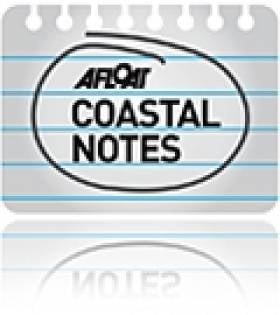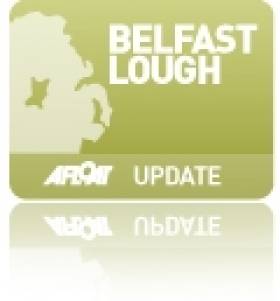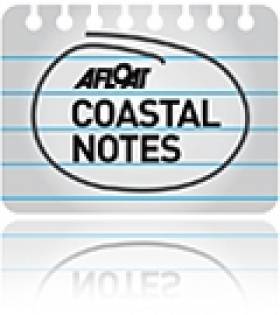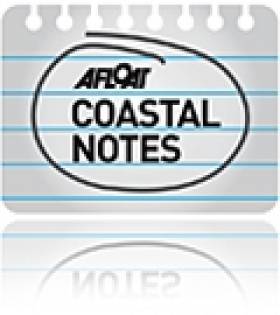Displaying items by tag: Blackford Dolphin
Providence Delays Spanish Point Appraisal Till 2015
#Oil - Delays in the refurbishing of the Blackford Dolphin oil rig have prompted Providence Resources to push back their appraisal drilling on Spanish Point till 2015, as Business & Leadership reports.
The Irish oil and gas firm was granted a new licensing option for the well some 160km off Spanish Point in Co Clare earlier this year, helping to put the company "in the leading position" in a zone that's rich in undersea hydrocarbons.
However, the Blackford Dolphin, which was scheduled to drill the well this summer, only recently left Belfast after a six-month refurbishment that was originally planned for just six weeks.
And the giant oil rig will no longer be headed for the Clare coast as planned, following the termination of Providence's contract with Dolphin.
With the delays meaning that drilling could not commence till October this year, Providence has chosen to postpone the project till next spring - and will also tender for another rig for the job.
Business & Leadership has more on the story HERE.
#GiantOilRig – A giant oil-rig the Blackford Dolphin, which was initially only supposed to be in Belfast for a six-week refurbishment, is to finally depart Belfast today after six months dominating the city's skyline.
As previously reported on Afloat.ie, the platform is one of the world's biggest such structures, the 260ft rig, that sailed into the harbour before Christmas, will be heading back to Norway at a snail's pace after her multi-million pound refit at Harland & Wolff, which employed some 400 workers on the project.
The contract price for the work is thought to be over £100m.
While the initial work schedule was only supposed to take 60 days, following the discovery of some structural defects on the rig when it came into the world's largest dock, the structure underwent months more repairs by welders, electricians, painters and engineers from the UK, Poland and Portugal.
For much more detail on this story, The Belfast Telegraph has a report HERE.
Semisub Rig To Follow Irish Drilling With North Sea Deployment
#Oil - Fresh from securing the contract to appraise the Spanish Point prospect in the Porcupine Basin off Ireland's south-west coast, Dolphin Drilling has announced a new $255 million deal for the North Sea.
Scandinavian Oil-Gas reports that the Aberdeen-based company's contract with Chevron North Sea Ltd will see its Blackford Dolphin rig relocate to the UK's sector of the North Sea for at least 18 months from the second quarter of 2015.
That will be the next job for the semisub rig after its deployment to the Porcupine Basin on behalf of Capricorn Ireland this spring, upon the completion of prep works in a Belfast dry dock.
Semisub Rig To Drill in Porcupine Basin
#Oil - The Blackford Dolphin semisubmersible drilling rig is expected to go to work off the south-west coast of Ireland next spring.
Offshore reports that Dolphin Drilling has negotiated the contract to appraise the Spanish Point prospect in the Porcupine Basin on behalf of Capricorn Ireland, subject to regulatory approval.
It will also drill early next year in British waters for MPX North Sea, with both contracts expected to last five months for a total revenue of €67 million.
The Porcupine Basin off Kerry has been identified as a source of enormous reserves of oil - after Petrel Resources announced the discovery of as much as one billion barrels of oil at the prospect late last year.
































































